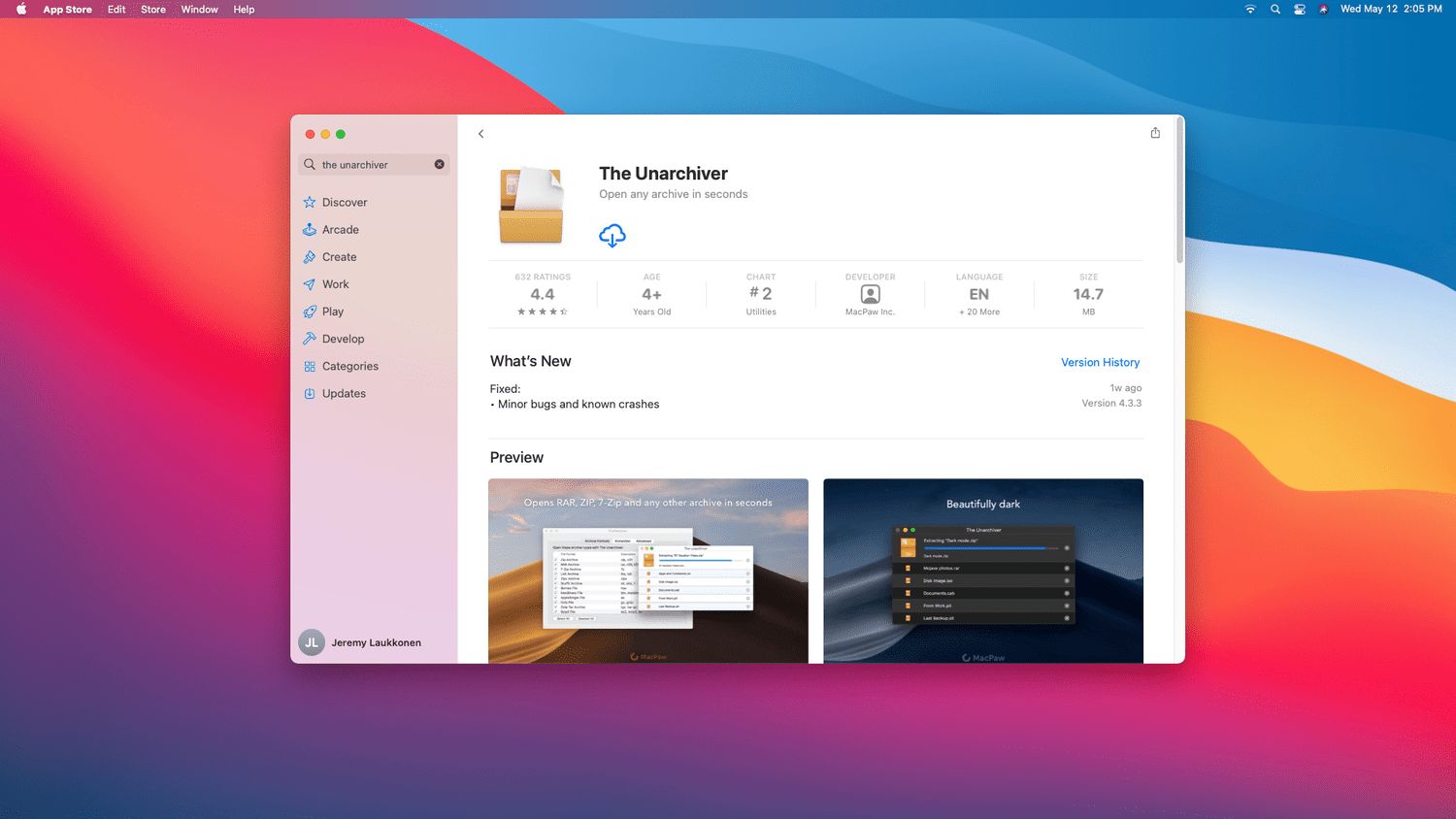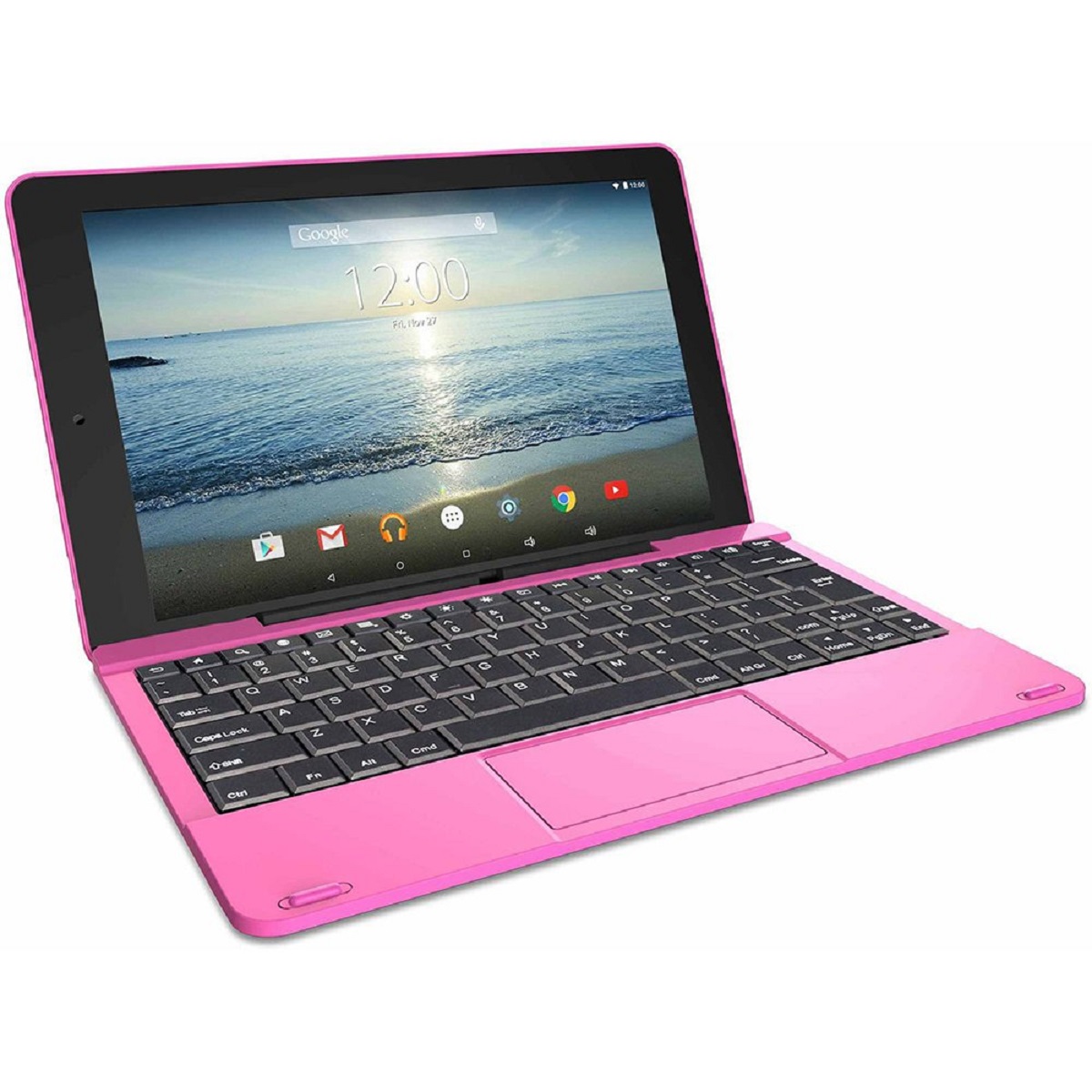Introduction
The SD card, or Secure Digital card, is a portable storage device commonly used in smartphones, cameras, and other electronic devices. It provides users with the convenience of expanding their device’s storage capacity and transferring files easily. Many people prefer to download and save their files directly to the SD card to free up space on their device’s internal memory.
However, not everyone is familiar with the process of downloading files to an SD card. If you’re new to using an SD card or unsure how to go about it, don’t worry! In this article, we’ll guide you through the step-by-step process of downloading and managing files on your SD card. Whether you want to download photos, music, videos, or documents, we’ve got you covered.
Before we dive into the steps, it’s important to note that the process may vary slightly depending on your device’s operating system and the specific apps you’re using. We’ll provide general instructions that should apply to most devices, but you may need to adapt them to suit your individual setup.
By the end of this article, you’ll have a clear understanding of how to download files directly to your SD card, and you’ll be able to manage your storage efficiently. So, let’s get started and make the most out of your SD card!
Step 1: Check compatibility
Before you start downloading files to your SD card, it’s important to ensure that your device is compatible with an SD card. Not all devices have the option to use an SD card, so it’s essential to check your device’s specifications.
First, you’ll need to locate the SD card slot on your device. This may be on the side, back, or underneath the battery cover, depending on your device model. Once you find the slot, make sure it is not blocked by any cover or dust.
Next, check the documentation or manufacturer’s website for your device to confirm the supported SD card types and limitations. Common SD card types include SDHC (Secure Digital High Capacity) and SDXC (Secure Digital eXtended Capacity). You’ll need to ensure that your device supports the specific type and maximum storage capacity of the SD card you intend to use.
Additionally, if you have an Android device, you may need to verify that your device’s operating system allows for downloading files directly to the SD card. Some older versions of Android may not provide this option, while others may require specific settings to be enabled.
Lastly, if you’re using a camera or another device with a built-in SD card slot, check the user manual to understand any specific requirements or limitations related to downloading files to the SD card.
Once you’ve confirmed that your device supports an SD card and that your intended usage aligns with its capabilities, you can proceed to the next step of inserting the SD card into your device.
Step 2: Insert the SD card
After confirming that your device is compatible with an SD card, it’s time to insert the card into your device. Follow these steps to ensure a successful insertion:
- Power off your device: Before inserting or removing the SD card, it’s important to turn off your device to prevent any potential damage.
- Locate the SD card slot: Depending on your device, the SD card slot may be located on the side, back, or underneath the battery cover. Refer to your device’s documentation or user manual to find the precise location of the slot.
- Insert the SD card: Gently insert the SD card into the slot, ensuring that the gold contacts on the card align with the contacts inside the slot. Apply gentle pressure until the card is securely inserted.
- Replace the battery cover: If the SD card slot is located under the battery cover, carefully put the cover back on and secure it in place.
- Power on your device: Once the SD card is inserted, power on your device and wait for it to detect and recognize the card. This may take a few moments.
After completing these steps, your SD card should be successfully inserted into your device. However, it’s important to note that removing the SD card without properly ejecting it can lead to data corruption or loss, so always remember to safely eject the card before physically removing it from your device.
Now that your SD card is securely inserted, it’s time to proceed to the next step and set the SD card as the default storage location for downloads.
Step 3: Set SD card as default storage
To ensure that files are downloaded directly to your SD card, you’ll need to set it as the default storage location on your device. Here’s how you can do it:
- Open the Settings menu: Depending on your device, you can access the settings menu by swiping down from the top of the screen and tapping on the gear icon or by locating the Settings app in your app drawer.
- Navigate to the Storage settings: Look for the “Storage” or “Storage & USB” option in the Settings menu and tap on it.
- Select the SD card: In the Storage settings, you should see a list of available storage devices. Look for the SD card option and tap on it to select it.
- Set as default storage: Once you’ve selected the SD card, you should see an option to set it as the default storage location. Tap on this option to enable it.
- Confirm the changes: Depending on your device, you may be prompted to confirm the changes before they take effect. Follow the on-screen prompts to confirm setting the SD card as the default storage.
After completing these steps, your device will begin downloading files directly to the SD card by default. However, keep in mind that certain apps may have their own storage settings and may require you to manually select the SD card as the download location within the app’s settings.
It’s also worth noting that setting the SD card as the default storage may vary slightly depending on your device’s operating system. If you’re having trouble finding the storage settings or setting the SD card as the default, refer to your device’s documentation or user manual for specific instructions.
With the SD card set as the default storage location, you’re now ready to proceed to the next step and discover how to download files directly to your SD card.
Step 4: Downloading to the SD card
Now that your SD card is set as the default storage location, you can start downloading files directly to it. The exact steps may vary depending on the apps or websites you use to download files, but here’s a general guide to help you get started:
- Open your preferred web browser or download manager app: Depending on your device, you may have a pre-installed web browser or download manager app. If not, you can download one from the app store.
- Navigate to the website or app where you want to download files from: Whether you want to download photos, music, videos, or documents, open the website or app where these files are hosted.
- Find the file you want to download: Once you’re on the website or app, browse or search for the specific file you want to download.
- Begin the download process: For most files, you can usually tap on a download button or link to initiate the download. Some files may have additional options or prompts before the download begins.
- Choose the SD card as the download location: During the download process, you may be prompted to choose a location to save the file. Select the SD card as the destination for the download.
- Monitor the download progress: Once the download starts, you’ll see a progress bar or notification indicating the download progress. Depending on the file size and your internet connection speed, the download may take a few moments or longer.
- Access your downloaded files: After the download completes, you can access your downloaded files by opening the file manager app on your device. The downloaded files should be located in a folder named “Downloads” or a similar location on the SD card.
Remember that the download process may vary slightly depending on the websites or apps you use. Some websites or apps have specific settings or features related to downloading files to external storage. It’s always a good idea to explore the options and settings within the specific website or app to make sure your files are being downloaded directly to the SD card.
With these steps, you can easily download files directly to your SD card and enjoy the additional storage space it provides. In the next step, we’ll discuss how to transfer existing files from your device’s internal memory to the SD card.
Step 5: Transferring existing files to the SD card
If you have files stored on your device’s internal memory that you want to free up space for, you can transfer them to the SD card. Transferring existing files is a great way to optimize storage and ensure important files are stored securely. Here’s how you can transfer existing files to the SD card:
- Open the file manager app on your device: Most devices come with a pre-installed file manager app, or you can download one from the app store.
- Navigate to the internal storage: Open the file manager app and locate the internal storage or internal memory folder.
- Select the files you want to transfer: Browse through the folders and select the files you want to transfer to the SD card. You can select multiple files at once by long-pressing on one file and then tapping on the others.
- Copy or move the files to the SD card: Once the files are selected, tap on the options menu (usually represented by three dots or a gear icon) and choose the “Copy” or “Move” option. Then, navigate to the SD card folder in the file manager and paste the files.
- Monitor the transfer progress: Depending on the number and size of the files, the transfer may take some time. You’ll see a progress bar or notification indicating the transfer progress.
- Verify the files on the SD card: After the transfer is complete, navigate to the SD card folder in the file manager app and verify that the transferred files are now stored on the SD card.
It’s important to note that some files, such as system files or app-related data, may not be transferable to the SD card. The file manager app may prevent you from moving certain files to the SD card for system stability and security reasons. In such cases, it’s best to respect the app’s limitations and only transfer user-generated files that are safe to move.
Keep in mind that you should regularly check the storage on both your device’s internal memory and SD card. It’s good practice to move files from your internal memory to the SD card whenever possible to free up space and optimize performance.
With the existing files successfully transferred to the SD card, you can now enjoy more storage space on your device and continue managing your storage efficiently. In the next step, we’ll discuss how to manage storage on the SD card and ensure optimal performance.
Step 6: Managing storage on the SD card
Once you have files saved on your SD card, it’s important to know how to manage your storage effectively. Proper management ensures that you maximize the available space, organize your files, and maintain optimal performance. Here are some tips for managing storage on the SD card:
- Regularly review and delete unnecessary files: Periodically go through the files on your SD card and delete any files you no longer need. This includes old photos, videos, documents, and other files that are taking up unnecessary space.
- Organize files into folders: Create folders on the SD card to help you categorize and organize your files. This makes it easier to locate and access specific files when needed.
- Backup important files: Consider making backups of important files stored on the SD card. You can create a backup on your computer or upload them to a cloud storage service to ensure the safety of your files.
- Use storage optimization tools: Some devices come with built-in storage management tools that can help you identify and delete unnecessary files, clear app caches, and optimize storage usage. Explore your device’s settings or download storage optimization apps from the app store.
- Be cautious when using the SD card on different devices: If you use the SD card on multiple devices, keep in mind that not all devices may be compatible with the same file formats or file systems. Be cautious when using the SD card on different devices to avoid data corruption.
- Reformat the SD card if needed: If you encounter any issues with your SD card, such as file corruption or unrecognized storage, you may need to reformat the card. Keep in mind that reformatting erases all data on the card, so make sure to back up any important files before proceeding.
By following these tips and implementing good storage management practices, you can ensure that your SD card remains organized, optimized, and reliable for storing your files.
Remember, the specific steps and options for managing storage on the SD card may vary based on your device’s operating system and the apps you use. Refer to your device’s user manual or online resources for more specific instructions tailored to your device.
With these storage management techniques in place, you can make the most out of your SD card’s storage capacity and enjoy a seamless user experience.
Conclusion
In this article, we have walked through the process of downloading files to an SD card and managing storage effectively. By following the steps outlined, you can take full advantage of your device’s external storage capability and optimize storage usage.
We started by checking the compatibility of your device and ensuring that it supports the use of an SD card. Then, we moved on to inserting the SD card into your device and setting it as the default storage location for downloads.
Next, we discussed how to download files directly to the SD card from websites or apps. We provided general guidelines for initiating a download and choosing the SD card as the destination location. It’s important to note that different websites and apps may have specific settings or options related to downloading files to the SD card, so be sure to explore those as needed.
We also covered the process of transferring existing files from your device’s internal memory to the SD card. This method allows you to free up space on your device while keeping your files easily accessible on the SD card.
Additionally, we emphasized the importance of managing storage on the SD card to optimize performance. Regularly reviewing and deleting unnecessary files, organizing files into folders, and backing up important files are all key practices to ensure efficient storage management.
Lastly, we discussed using storage optimization tools, being cautious when using the SD card on different devices, and reformatting the card if needed. These additional tips can help you address any potential storage issues and maintain the reliability of your SD card.
By following these steps and implementing the recommended practices, you can make the most out of your SD card’s storage capacity, ensure efficient file management, and keep your device running smoothly.
Remember to consult your device’s user manual or online resources for more specific instructions tailored to your device, as the steps may vary depending on your device’s operating system and the specific apps you use.
Now that you have a comprehensive understanding of how to download files to an SD card and manage storage effectively, you’re ready to enjoy the benefits of expanded storage space and seamless file management. Get started today and make the most of your device and SD card!

























